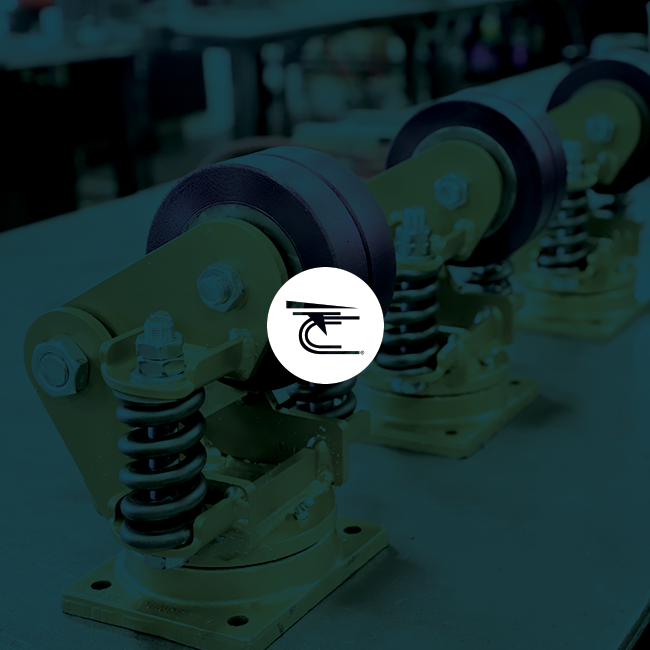

Overexertion due to an outside force is the leading cause of injury in the workplace. The pushing, pulling, lifting, throwing, turning, wielding holding, and carrying of materials is very strenuous on the body and can cause injuries and disorders to muscles, nerves, tendons, ligaments, joints, cartilage, and spinal discs. These types of injuries are categorized as Musculoskeletal Disorders (MSD’s).
These injuries are detrimental to employees and employers alike: the employee experiences physical pain and suffering and may risk permanent injury in some cases. In total, the cost of work injuries in 2019 was $171.0 billion. This figure includes wage and productivity losses of $53.9 billion, medical expenses of $35.5 billion, and administrative expenses of $59.7 billion. https://injuryfacts.nsc.org/work/costs/work-injury-costs/.
Although overexertion is the leading cause of injury in the workplace, there are no mandates or regulations by any US government agency. OSHA (Occupational Safety and Health Administration) and the CDC (Center for Disease Control) suggest implementing an ergonomics process to reduce the risk of Musculoskeletal Disorders.
The guideline consists of these seven steps:
• Provide Management Support
• Involve Workers
• Provide Training
• Identify Problems
• Encourage Early Reporting of MSD Symptoms
• Implement Solutions to Control Hazards
• Evaluate Progress
Implementing solutions to control hazards is arguably the most effective step in the process. For Manual Material Handing, there are three types of controls that OSHA Guidelines suggest, listed in order of effectiveness with an example below each.
1. Engineering controls
(ex) Reduce the weight of the load to limit force exerted
2. Administrative and work process controls
(ex) Rotate workers tasks, minimize the continuous performance or repetition of a task, rotate between jobs that use different muscle groups
3. Personal protective equipment
(ex) Wear braces or support belts
A work process control standard that is widely accepted in many organizations is the “Snook Tables”, named after Dr. Stover Snook, the researcher who identified key elements to reducing the risk of injury in common manual material handling tasks. The Liberty Mutual Tables are based on this research and provide weight/force values for specific types of job tasks that are considered acceptable for a majority percent of the population.
There are tables for lifting, lowering, pushing, pulling, and carrying. There are versions of the tables for males and females. The tables take into consideration various factors for each of the prior mentioned tasks, as well as the frequency of performance of the task.
In summary, implementing ergonomics solutions to minimize the risk of overexertion injuries is good business. Making your workplace ergonomic creates several benefits, including reduced workers’ compensation costs, reduced employee turnover, fewer missed days of work, greater productivity and efficiency.
We offer several products to add ergonomic benefits to carts and other manual moved equipment. For example, our TWERGO® Wheels can reduce initial push force by an average of 25% percent, and reduce force exerted to turn. Pair them with one of our ERGOXCEL™ Rigs to further reduce the force exerted to turn and maneuver. For limited budgets on applications that use a cast iron wheel with a total load under 1,600lbs, an excellent choice is our TWERGO® Lite , a single wheel version of TWERGO®.